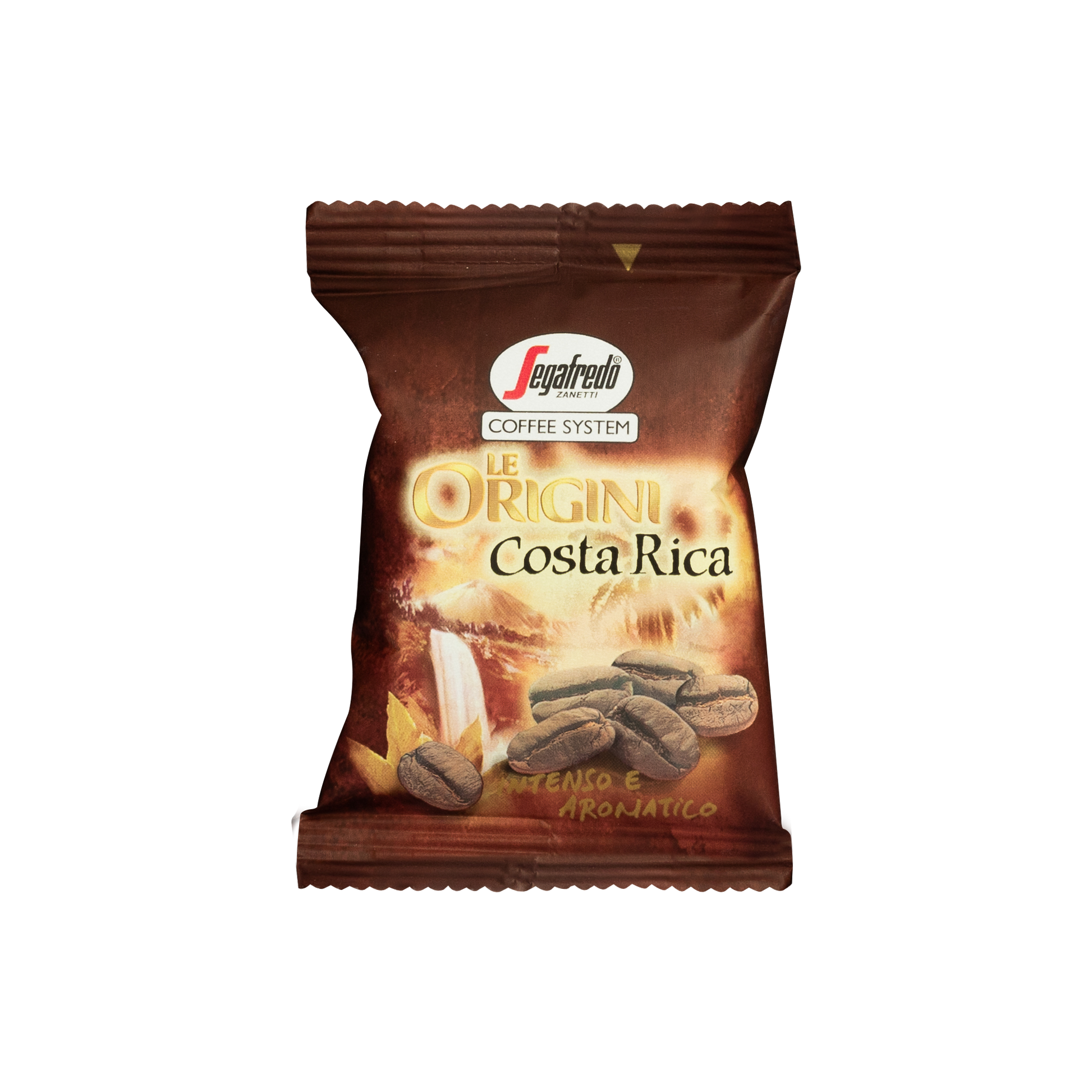Taste the True Quality with Recently Roasted SOE Single Origin Espresso
Wiki Article
Understanding Coffee Beans: the Trip From Espresso to Blended Coffee Beans

The Beginnings of Coffee: A Worldwide Viewpoint
While you might think of coffee as a modern-day staple, its beginnings map back centuries, linking with societies across the world. The story begins in Ethiopia, where legend states a goat herdsman called Kaldi uncovered the stimulating effects of coffee beans after noticing his goats romping vigorously after consuming them. This sparked interest, leading to coffee's infect Arab traders who treasured the made beverage. By the 15th century, it got to Persia, Egypt, and Turkey, where coffee shops came to be social hubs for conversation and society.As trade paths increased, coffee made its way to Europe in the 17th century, quickly obtaining popularity. Each society added its unique twist to coffee preparation, improving its background.
Cultivation and Harvesting of Espresso Beans
As coffee's trip developed, the focus moved to the cultivation and harvesting of details bean varieties, especially those made use of for espresso. You'll locate that coffee beans frequently come from Arabica or Robusta plants, each offering distinct tastes. The suitable growing conditions include high elevations and rich, well-drained dirt, which improve the beans' quality.During the harvest, picking methods differ. In some areas, workers hand-pick ripe cherries, making certain only the very best fruit goes to handling. In various other locations, mechanical farmers are made use of, specifically on bigger farms. When the cherries reach peak ripeness for optimum taste., timing is crucial; you desire to collect.
As soon as collected, the beans are gotten ready for processing, which is necessary in establishing their final taste. Comprehending the farming and collecting processes gives you understanding into what enters into your favorite coffee, enhancing your gratitude for each and every cup.
Handling Techniques: From Cherry to Bean
Currently that you have actually learnt more about collecting espresso beans, allow's discover just how those cherries transform right into the coffee beans you like. You'll see just how various harvesting methods effect flavor, complied with by the essential steps of fermentation and drying out. Lastly, we'll damage down the milling and grading procedure that identifies your coffee's top quality.Harvesting Strategies Described
When it comes to coffee, recognizing harvesting methods is essential, given that they directly influence the flavor and high quality of the beans you delight in. Discerning selecting involves hand-picking only ripe cherries, ensuring you get the best high quality beans. Eventually, the option of harvesting technique can considerably influence your coffee experience, so it's worth understanding exactly how those beans made it to your mug.Fermentation and Drying
After harvesting, the next action in handling coffee beans play a considerable duty in shaping their taste. You'll locate that fermentation is essential, as it helps damage down the mucilage surrounding the beans, enhancing their taste account. Depending on the method, this procedure can last from a couple of hours to a number of days, with varying outcomes based upon temperature level and humidity.Sun-drying allows the beans to soak up tastes from the atmosphere, while mechanical drying guarantees constant moisture degrees no matter of weather condition. Appropriate drying is necessary to protect against mold and preserve the beans' quality, ultimately affecting your mug of coffee.
Milling and Grading Process
As fermentation and drying out established the stage for taste development, the milling and grading process warranties that only the finest coffee beans make it to your cup. This phase entails getting rid of the outer layers of the coffee cherry, consisting of the parchment and husk. Premium beans obtain a greater quality, resulting in a richer coffee experience.Roasting Methods: Unlocking Taste Potential
When you roast coffee beans, the method you choose can significantly affect the taste profile. Comprehending the connection in between time, temperature level, and toasting strategies is crucial to exposing the capacity of your mixture. Allow's explore how these elements collaborated to create the excellent cup.Toasting Approaches Explained
While you might believe that all coffee toasting methods yield the very same outcomes, the truth is that each method exposes special taste potentials in the beans. You can select between techniques like drum roasting, air roasting, or even traditional pan roasting. Drum toasting uses a revolving drum to equally distribute warm, enhancing caramelization and generating a balanced taste. Air roasting, on the various other hand, distributes warm air around the beans, advertising a lighter roast with obvious level of acidity. Pan toasting permits hands-on control however calls for continuous focus to prevent burning. Each approach has its subtleties, so explore various strategies can help you discover the perfect roast that aligns with your preference preferences. Appreciate the trip of locating your optimal mug!
Effect On Flavor Account
Various toasting methods not only affect the procedure but likewise considerably influence the flavor profile of the coffee beans. When you choose a light roast, you'll experience bright acidity and floral notes, showcasing the bean's beginning. In comparison, a medium roast balances acidity with sweet taste, often disclosing chocolatey undertones. Dark roasts, on the various other hand, highlight strong, smoky flavors, sometimes concealing the bean's one-of-a-kind characteristics. Each technique reveals different oils and substances, bring about a variety of tastes. By experimenting with various toasting styles, you can find which profiles reverberate with your taste. Recognizing these nuances assists you value the artistry behind your mug of coffee, improving your overall experience with every sip.Time and Temperature Factors
To release the complete taste capacity of coffee beans, both time and temperature level throughout the roasting procedure play considerable duties. When roasting, you'll locate that higher temperatures can swiftly create tastes, but if you hurry it, you might wind up with burnt notes. Alternatively, reduced temperatures permit an extra steady taste development, showcasing the beans' special characteristics.
Timing is equally as essential; extending the roast as well long can cause a loss of level of acidity and illumination, while as well brief a roast could leave the beans underdeveloped. Locating that pleasant area needs technique and trial and error. By changing these aspects, you can disclose the abundant, complex tastes concealed within each bean, developing an absolutely amazing coffee experience.
The Art of Mixing: Crafting Distinct Coffee Accounts

Beginning by choosing a base coffee that gives a strong structure. An intense Ethiopian bean can bring fruitiness, while an abundant Brazilian coffee adds body.
As you blend, keep in mind that each combination narrates. You're not just making coffee; you're creating an experience. Take your time, preference frequently, and delight in the trip of uncovering your trademark mix - Single Origin Espresso.
Developing Techniques: How Prep Work Influences Taste
Blending coffee opens up a domain of taste possibilities, yet exactly how you make that mix can significantly affect your final mug. On the other hand, a pour-over highlights the coffee's clearness and illumination, ideal for showcasing fragile notes.Coffee, with its high stress, generates a focused shot that highlights sweetness and crema. If you prefer a lighter mixture, think about a cold brew technique; it generates a smooth, much less acidic taste.
Ultimately, testing is vital. Readjusting variables like water temperature, grind dimension, and make time can transform your coffee's profile. So, embrace the art of developing to find the flavors concealed in your coffee blends. The right technique can elevate your experience to new elevations.
The Future of Coffee: Sustainability and Technology
As the coffee market progresses, sustainability and innovation are coming to be necessary for attending to ecological difficulties and meeting consumer demands. You'll discover that more coffee companies are embracing eco-friendly methods, from sourcing beans morally to carrying out sustainable farming methods. These changes not only help the planet but also enhance the high quality of the coffee you delight in.You could see innovations like eco-friendly packaging and water-saving brewing approaches that reduce waste. Advanced technology, such as blockchain, is likewise ending up being preferred, ensuring openness in the supply chain, which permits you to trace your coffee back to its origins.
Furthermore, buying local areas and supporting farmers with reasonable trade campaigns cultivates a more lasting coffee ecological community. As you sip your next cup, bear in mind that your choices can add to a brighter future for coffee. By opting for sustainable brand names, you're not simply appreciating a beverage; you're making a favorable impact on the globe.
Often Asked Inquiries
What Is the Difference Between Arabica and Robusta Beans?
Arabica beans are smoother, sweeter, and have a higher level of acidity, while robusta beans are stronger, a lot more bitter, and include even more high levels of caffeine. You'll discover these differences in flavor and fragrance when making your coffee.How Does Elevation Affect Coffee Bean Flavor?
Elevation impacts coffee bean taste substantially. Higher altitudes create beans with brighter acidity and complex tastes, while lower elevations usually generate beans that are much heavier and much less nuanced. You'll see these differences in your cup!What Are the Health Benefits of Drinking Coffee?
Drinking coffee can improve your energy, improve mental emphasis, and even improve physical efficiency. It's abundant in antioxidants, might reduce the risk of specific illness, and can promote a healthier metabolism when eaten in moderation.Can Coffee Beans Be Recycled for Brewing?
Yes, you can recycle coffee beans for developing, but the flavor may be weaker. If you delight in exploring, attempt recycling them in various methods, like chilly brews or adding to shakes for an extra kick.Exactly how Should I Store Coffee Beans for Freshness?
To keep your coffee beans fresh, keep them in an impermeable container in a cool, dark place. Avoid subjecting them to wetness, light, or heat, as these factors can rapidly weaken their taste and scent.Understanding Coffee Beans: the Trip From Coffee to Blended Coffee Beans.
Currently that you have actually found out about collecting espresso beans, allow's discover how those cherries transform right into the coffee beans you love.When you roast coffee beans, the technique you choose can significantly impact the taste profile - Single Origin Espresso.While you might think that all coffee toasting methods generate the very same results, the fact is that each method reveals unique taste capacities in the beans.Different roasting methods not only influence the procedure yet likewise significantly influence the taste account of the coffee beans
Report this wiki page